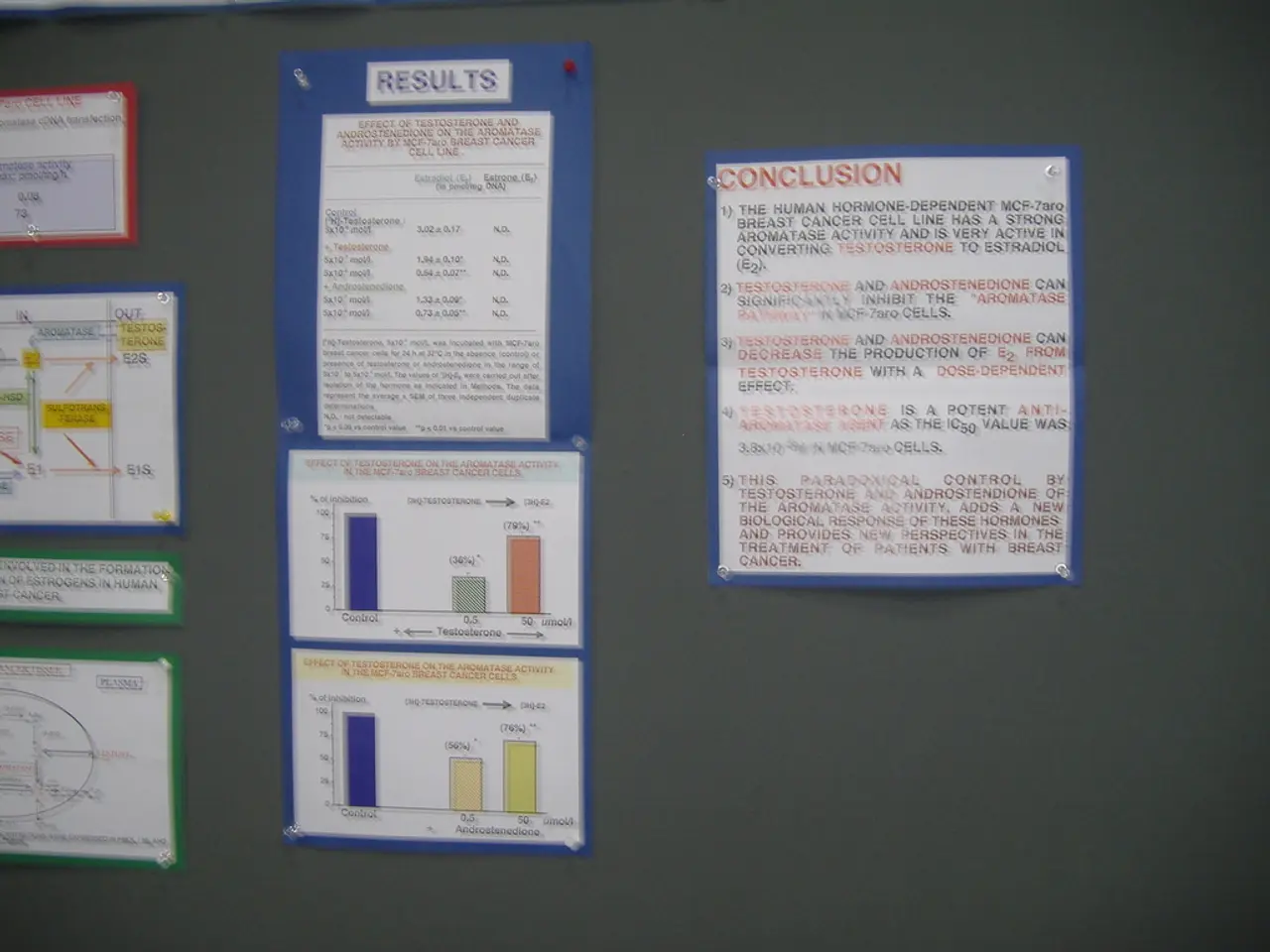Distributing an Inherited IRA in 2025: Crucial Rules You Need to Understand
The Internal Revenue Service (IRS) has recently unveiled long-awaited final regulations on inherited Individual Retirement Accounts (IRAs), effective from 2025. These new rules provide clarity on Required Minimum Distributions (RMDs) and offer significant changes to the U.S. retirement account landscape.
The Secure 2.0 Act, passed in 2022, has significantly impacted accounts such as 401(k), 403(b), IRA, Roth accounts, and their associated tax benefits. One of the key changes is the increase in the minimum age for RMDs. Under the Secure 2.0 Act, the minimum age has been raised to 73, and it will eventually move to 75.
The new regulations also provide guidelines for the main categories of "eligible designated beneficiaries" (EDBs), who generally benefit from more flexibility in how they withdraw funds from an inherited IRA. Surviving spouses fall under this category, enjoying special flexibilities in distributions. However, non-spouse beneficiaries, especially those who are not minors or disabled, face more stringent required distribution rules.
Beginning in 2025, many beneficiaries will face annual required distributions during the 10-year period, as confirmed by the IRS final regulations on inherited IRAs. This means that the "10-year rule" now applies to many beneficiaries of inherited IRAs, restricting their ability to extend distributions over their lifetimes.
Due to the original Secure Act, most beneficiaries can no longer "stretch" distributions over their lifetimes. Instead, many non-spouse beneficiaries who inherited IRAs on or after January 1, 2020, must empty the account within 10 years of the account owner’s death.
These changes aim to simplify the process of managing inherited IRAs and provide clarity for beneficiaries. It is essential for individuals to understand these new regulations and plan accordingly to make the most of their retirement savings. Consulting a financial advisor can help ensure a smooth transition and effective management of inherited IRAs.
Read also:
- chaos unveiled on Clowning Street: week 63's antics from 'Two-Tier Keir' and his chaotic Labour Circus
- Skechers Debuts First American Stores Focused on Athletic Footwear Performance
- Budget discrepancy jeopardizes highway projects' financial support
- Racing ahead in Renewable Energy Dominance: Changzhou, Jiangsu Pushes for Worldwide Renewable Energy Ascendancy




